On the importance of the seven fish species (food security and cultural meaning)
 | Arctic Char (Salvelinus alpinus) represents an economical and a food income of the first importance for Arctic communities. In Nunavik and Nunavut Inuit communities, Arctic Char contributes the most to the consumption of traditional foods from the fish and seafood group. Although they are not intensively harvested, a fine scale knowledge of their genetic structure is of great interest for sustainable fisheries. |
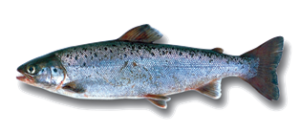 | Atlantic Salmon (Salmo salar) is not consumed as much as the Arctic Char, but fished in some river nearby Inuit communities. For instance, Inuit people in Kuujjuaq fish Atlantic Salmon at the mouth of the Koksoak river and estuary. One of the FISHES MSc’s project will specifically look at the genetic structure of Atlantic Salmon populations in that area and how are they impacted by subsistence and recreational fisheries. |
 | Walleye(Sander vitreus) is one of the mainly targeted fish of inland Cree communities. In light of recent signs of Walleye overharvesting in the southern part of Mistassini Lake, and the transmission of fisheries management control of the territory to the Cree in 2017, there is strong political momentum within the Cree Nation to revisit existing non‐Cree quotas, whilst factoring in local Cree community harvesting. |
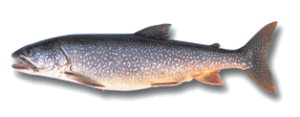 | Lake Trout(Salvelinus namaycush) is an important fished species in inland Cree (Quebec), and also Dené communities (Northwest Territories). A better understanding of available quotas and genetic structure for this important fish species will benefit local economy and resource management in both communities. More specifically, in Great Bear and Great Slave Lakes, subsistence and commercial harvest rely partially on this specie. |
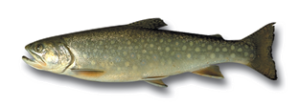 | Migratory and inland Brook Trout (Salvelinus fontinalis) are harvested by Cree communities both along the James Bay coast and in lakes. A better knowledge of genetic structure of these fish populations would help management decisions toward a better protection of habitats vulnerable from certain forestry or mining practices. |
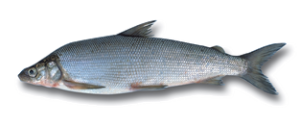 | Similarly, to Brook Trout, Lake Whitefish (Coregonus clupeaformis) are caught along the James Bay coast and in inland lakes. They are also of critical importance for Dené communities around Great Slave Lake and Great Bear Lake. Knowing how many genetic groups exist and to which extend they are already harvested will significantly improve management efforts. |
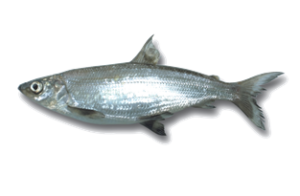 | Cisco (Coregonus artedi) is closely related to Lake Whitefish (coregoninae). They are harvested by Cree communities along the James Bay coast and fill an intermediary role in the food web of these ecosystems. Attributing the mixed stock harvests to source populations in river with genetic and traditional knowledge will shed light on how connected different habitats along the James Bay coast can be. |